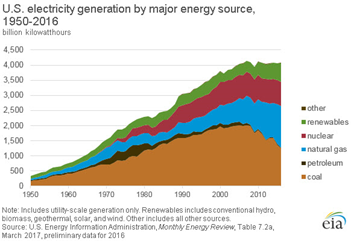
In the event that you’re searching for ways of bringing down your energy charge, you should seriously think about energy-proficient siding. Siding or cladding is a defensive material introduced on the outside walls of a structure. Various materials can be utilized for siding, albeit not all siding choices are similarly energy-productive in Amigo Energy Plans . A house is energy effective when its development and activity utilize insignificant power. The less generally energy property holders consume, the less they add to the world’s complete fossil fuel byproducts. This talks about the advantages of energy-effective siding, the different siding choices, the materials that can work on your home’s protection, and when it very well may be an ideal opportunity to put in new siding.
What Are the Benefits of Energy-Efficient Siding?
Energy-productive siding can assist property holders with supporting the climate by bringing down their energy use. The structure material picked for siding can lessen energy costs and further develop energy productivity. Energy-productive siding works for the protection of your home. It safeguards a structure from unforgiving components like the sun, wind, snow, or downpour and keeps up with its inward temperature by forestalling air and dampness spills. Protection makes your home or building more agreeable, holds your service bills down, and further develops your property’s resale esteem.
R-Value and How Does It Help Insulation?
The warm opposition of protection materials is estimated in R-esteem. The R-worth of an encasing shows how well it holds heat per inch of profundity. Accordingly, the protection ability of building material will likewise rely upon its thickness. For instance, a slight froth protection board could have a high R-esteem yet offer a lot of similar security as a thick board with a lower R-esteem. Energy-productive siding will have a decent R-esteem, and the higher the R-esteem, the more successfully the material protects your home or building. Notwithstanding, a higher R-esteem likewise implies that the material will be more costly.
Which Energy-Efficient Siding Is Best?
Most kinds of siding have a low R-esteem when utilized all alone. Fiber concrete, steel, wood, aluminum, fabricated stone, and vinyl have R-upsides of under 1 when not utilized with one more type of protection. Composite siding gives great protection without anyone else, yet inflexible froth sheathing is by a wide margin the best cover. Property holders who pick one of these two siding choices will further develop their energy proficiency and save the most on energy bills.
Which Materials Improve the Energy Efficiency of Siding?

Steel siding requires a breathable, engineered underlayment to enough protect a structure. A breathable material will permit dampness to escape while keeping outside water from coming in. Essentially, wood siding requires a dampness obstruction or tar paper to appropriately protect. Mortgage holders can introduce inflexible froth protection under the aluminum siding to further develop their energy proficiency. On the off chance that they settle on vinyl siding, they require a house wrap as the main layer of security and could try and add a layer of froth protection to further develop the complete R-worth of their home’s siding.
